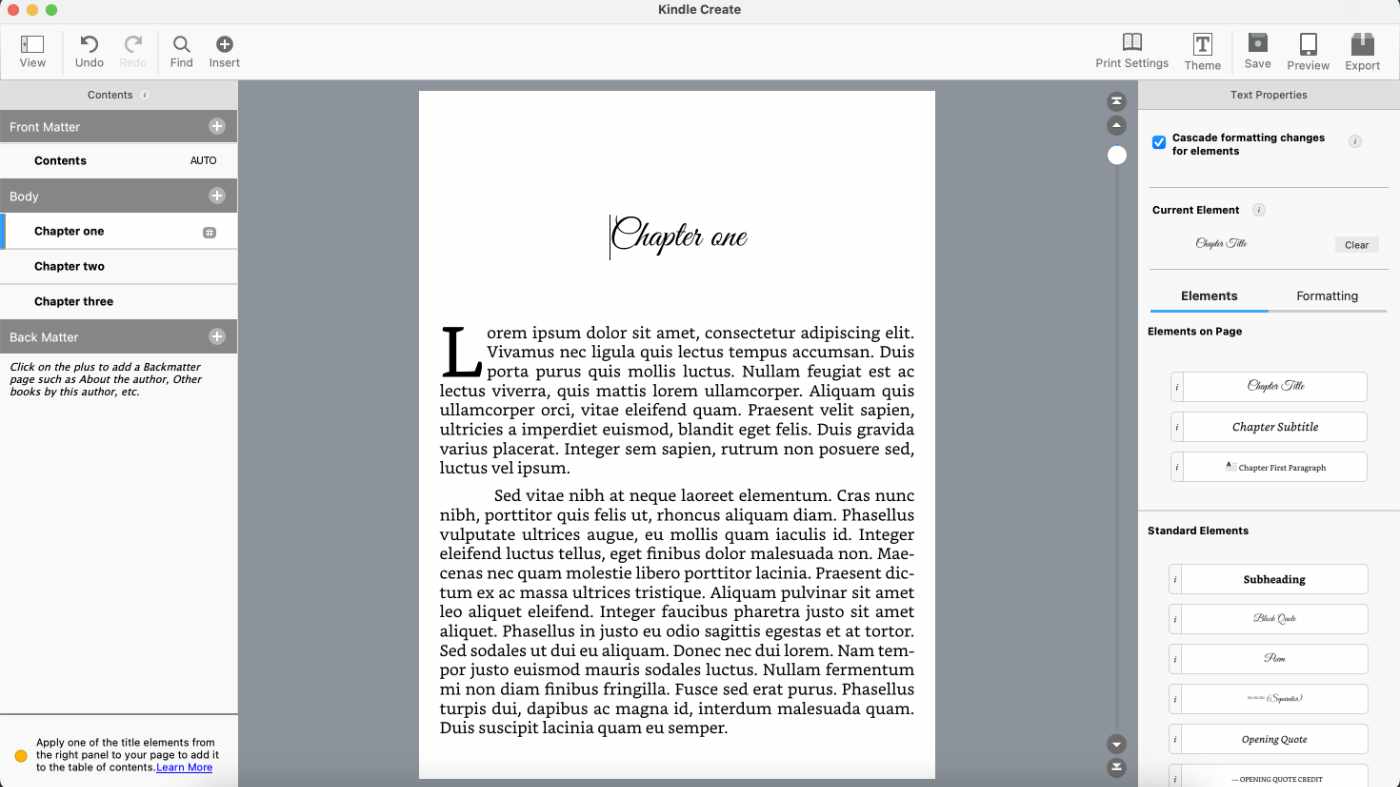We use cookies on this site to enhance your user experience
By clicking the Accept button, you agree to us doing so. More info on our cookie policy
We use cookies on this site to enhance your user experience
By clicking the Accept button, you agree to us doing so. More info on our cookie policy
Published: May 25, 2021 by C.S. Rhymes
Testing validation rules can become quite tiresome pretty quickly if you have to write each test manually. Luckily I’ve found a nice method that allows you to simplify your validation rule tests when using Laravel Livewire components. For this example we have a form that allows a user to update their profile information with a Livewire ProfileForm component.
In Livewire you can define validation rules by setting a rules array (shown below) and then validate using $this->validate(). In this example we are binding to a User model that has a name, email and bio.
protected $rules = [
'user.name' => 'required|max:200',
];
In our example we need to do something a bit more complicated so instead of using the rules array we are going to create a rules function instead, allowing us to use the Illuminate\Validation\Rule::class. Here are the rules we have set and the save() method that will validate the input.
// App\Http\Livewire\ProfileForm.php
use Illuminate\Validation\Rule;
protected function rules()
{
return [
'user.id' => 'required',
'user.name' => 'required|max:200',
'user.email' => ['required', 'email', Rule::unique('users')->ignore($this->user->id)],
'user.bio' => 'required|min:20|max:1000',
];
}
public function save()
{
$this->validate();
// Save the user data
$this->user->save();
}
So how can we go about testing each of these rules? There are 8 different validation rules in this simple example, but you don’t want to have to write 8 separate tests for each rule. Instead, we can make use of a data provider to pass the data to be tested into the test, along with the expected validation rule.
A data provider is essentially a method that returns an array. What we want to do is return the field to be tested, the example data to be tested and the validation rule that should be triggered. Here is an example for testing the user’s name is required.
public function validationRules()
{
return [
['user.name', null, 'required'],
];
}
We can also set the array key to make the output a bit clearer as to what dataset has failed. This little bit of extra work can save you headaches trying to narrow down which test has failed, rather than counting through the different datasets.
public function validationRules()
{
return [
'name is null' => ['user.name', null, 'required'],
];
}
To use the data provider you need to specify it in the doc block for your test @dataProvider validationRules. You can then set the method parameters to match the data you are passing in from the data provider. In our case we are passing in the field, the value and the rule.
/**
* @test
* @dataProvider validationRules
**/
public function test_validation_rules($field, $value, $rule)
{
}
Now we are ready to test the validation rules in the Livewire component. Livewire allows you to test a component by specifying the component class, including acting as a specific user, and you can then set values and call methods before making your assertions.
Here is the overview of how the test will work:
Livewire::actingAs($user)
->test(ProfileForm::class, ['user' => $user])
->set($field, $value)
->call('save')
->assertHasErrors([$field => $rule]);
Finally we can put it all together and create our test and our data provider. There is a second user in the test so we can also test the unique validation rule.
<?php
namespace Tests\Feature;
use App\Http\Livewire\ProfileForm;
use Illuminate\Foundation\Testing\RefreshDatabase;
use Tests\TestCase;
class ProfileValidationTest extends TestCase
{
use RefreshDatabase;
/**
* @test
* @dataProvider validationRules
**/
public function test_validation_rules($field, $value, $rule)
{
$user = User::factory()->create();
$anotherUser = User::factory()->create(['email' => 'duplicate@email.com'])
Livewire::actingAs($user)
->test(ProfileForm::class, ['user' => $user])
->set($field, $value)
->call('save')
->assertHasErrors([$field => $rule]);
}
public function validationRules()
{
return [
'name is null' => ['user.name', null, 'required'],
'name is too long' => ['user.name', str_repeat('*', 201), 'max'],
'email is null' => ['user.email', null, 'required'],
'email is invalid' => ['user.email', 'this is not an email', 'email'],
'email is not unique' => ['user.email', 'duplicate@email.com', 'unique'],
'bio is null' => ['user.bio', null, 'required'],
'bio is too short' => ['user.bio', str_repeat('*', 8), 'min'],
'bio is too long' => ['user.bio', str_repeat('*', 1001), 'max'],
];
}
}
Hopefully this method will help you effectively test your validation rules on your Laravel Livewire components.
Share
Latest Posts

Amazon KDP gives you a basic text editor for your book’s blurb, but here are five observations that I have made from researching other books. All of the examples are taken from Mystery books in the Amazon UK store.

I have seen a few posts on Threads recently asking what software people use to format their books. This is one option out of many, but I thought I would share my current workflow to give authors an insight into the pros and cons.

There are lots of possible hosting solutions available for Laravel, from Forge, to Vapor to the new Laravel Cloud. I’ll start out by saying that these other solutions are much easier to get up and running than beanstalk, but I thought I’d share some of the “fun” I had getting it up and running.

Unlooked for Tales - a collection of short stories
By C.S. Rhymes
Free on Apple Books and Google Play Books

Nigel's Intranet Adventure
By C.S. Rhymes
From £0.99 or read for free on Kindle Unlimited!